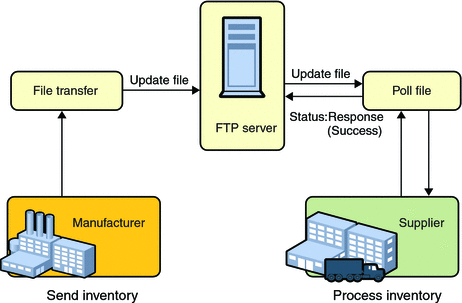Many of the ethical issues that face IT professionals involve privacy. For example:
Should you read the private e-mail of your network users just “because you can?” Is it okay to read employees’ e-mail as a security measure, to ensure that sensitive company information isn’t being disclosed? Is it okay to read employees’ e-mail to ensure that company rules (for instance, against personal use of the e-mail system) aren’t being violated? If you do read employees’ e-mail, should you disclose that policy to them? Before or after the fact?
Is it okay to monitor the Web sites visited by your network users? Should you routinely keep logs of visited sites? Is it negligent to not monitor such Internet usage, to prevent the possibility of pornography in the workplace that could create a hostile work environment?
Is it okay to place key loggers on machines on the network to capture everything the user types? Screen capture programs so you can see everything that’s displayed? Should users be informed that they’re being watched in this way?
Is it okay to read the documents and look at the graphics files that are stored on users’ computers or in their directories on the file server?
Remember that we’re not talking about legal questions here. A company may very well have the legal right to monitor everything an employee does with its computer equipment. We’re talking about the ethical aspects of having the ability to do so.
As a network administrator or security professional, you have rights and privileges that allow you to access most of the data on the systems on your network. You may even be able to access encrypted data if you have access to the recovery agent account. What you do with those abilities depend in part on your particular job duties (for example, if monitoring employee mail is a part of your official job description) and in part on your personal ethical beliefs about these issues.
The slippery slope
A common concept in any ethics discussion is the “slippery slope.” This pertains to the ease with which a person can go from doing something that doesn’t really seem unethical (such as scanning employees’ e-mail “just for fun”) to doing things that are increasingly unethical (such as making little changes in their mail messages or diverting messages to the wrong recipient).
In looking at the list of privacy issues above, it’s easy to justify each of the actions described. But it’s also easy to see how each of those actions could “morph” into much less justifiable actions. For example, the information you gained from reading someone’s e-mail could be used to embarrass that person, to gain a political advantage within the company, to get him/her disciplined or fired, or even for blackmail.
The slippery slope concept can also go beyond using your IT skills. If it’s okay to read other employees’ e-mail, is it also okay to go through their desk drawers when they aren’t there? To open their briefcases or purses?
Real world ethical dilemmas
What if your perusal of random documents reveals company trade secrets? What if you later leave the company and go to work for a competitor? Is it wrong to use that knowledge in your new job? Would it be “more wrong” if you printed out those documents and took them with you, than if you just relied on your memory?
What if the documents you read showed that the company was violating government regulations or laws? Do you have a moral obligation to turn them in, or are you ethically bound to respect your employer’s privacy? Would it make a difference if you signed a non-disclosure agreement when you accepted the job?
IT and security consultants who do work for multiple companies have even more ethical issues to deal with. If you learn things about one of your clients that might affect your other client(s), where does your loyalty lie?
Then there are money issues. The proliferation of network attacks, hacks, viruses, and other threats to their IT infrastructures have caused many companies to “be afraid, be very afraid.” As a security consultant, it may be very easy to play on that fear to convince companies to spend far more money than they really need to. Is it wrong for you to charge hundreds or even thousands of dollars per hour for your services, or is it a case of “whatever the market will bear?” Is it wrong for you to mark up the equipment and software that you get for the customer when you pass the cost through? What about kickbacks from equipment manufacturers? Is it wrong to accept “commissions” from them for convincing your clients to go with their products? Or what if the connection is more subtle? Is it wrong to steer your clients toward the products of companies in which you hold stock?
Another ethical issue involves promising more than you can deliver, or manipulating data to obtain higher fees. You can install technologies and configure settings to make a client’s network more secure, but you can never make it completely secure. Is it wrong to talk a client into replacing their current firewalls with those of a different manufacturer, or switching to an open source operating system – which changes, coincidentally, will result in many more billable hours for you – on the premise that this is the answer to their security problems?
think about it.........
Is it a satisfaction to hack and know about other people information?
if this case regarding to competitive competition?..you cheated man!!!



















